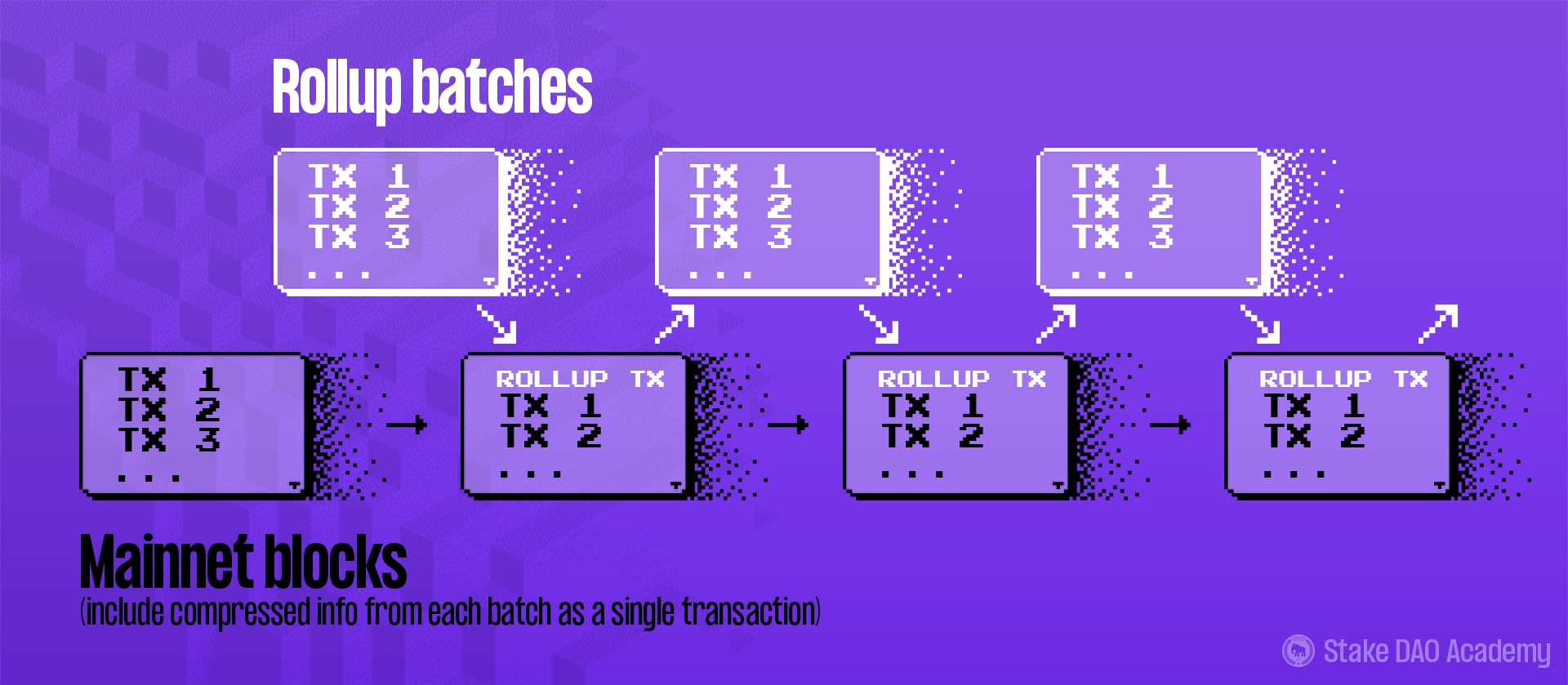The Ethereum network is home to thousands of cryptocurrencies, a sprawling decentralised finance sector and countless NFT projects. As a consequence of its growing popularity, periods of increased activity cause network congestion and high gas fees for users.
Each Ethereum block contains many transactions, all of which require computational work to be done by the Ethereum Virtual Machine (EVM). This work is measured in gas units. For example, the most basic transaction type, transferring ETH between accounts, takes 21,000 gas units. More complex transactions require more gas to execute, and each block has a theoretical maximum size of 30M gas units (though a target of 15M units is maintained via dynamic gas pricing).
Congestion occurs when demand for block space is high, pushing up the price paid for each unit of gas. The limited throughput means it can become astronomically expensive to ensure a transaction is processed quickly during certain periods, such as a highly anticipated NFT mint.
Rollups aim to solve this problem by taking some of the demand off the main Ethereum network, whilst preserving its guarantees of security and decentralisation.
By bundling many transactions together into batches and executing them off-chain, rollups reduce the workload for the EVM. The contents of each batch are condensed into a single transaction on the Ethereum mainnet in order to verify the validity of the transactions in the batch.

The batching is done by sequencers, the rollup-equivalent of validators in proof-of-stake networks, and the method of validation varies depending on the type of rollup:
Batches from optimistic rollups (such as Optimism and Arbitrum) are treated as valid unless challenged. Mainnet transactions for each batch contain compressed data from which all transactions in the batch can be reconstructed. During a one-week challenge period, the sequencer may be called upon to compute a fraud proof by mainnet users. If transactions are found to be inaccurate, the rollup operator receives a penalty, similar to slashing of a validators’ stake. The challenge period leads to a seven-day delay when withdrawing to mainnet via the official bridge, however, much faster 3rd party options are available.
Zero-knowledge rollups (e.g. Loopring and zkSync), however, post cryptographic validity proofs directly to mainnet. The computation and validation of these proofs require specialised hardware and mainnet gas, respectively, and are consequently more expensive to operate. However, transaction finality is achieved quickly and users can withdraw to mainnet without lengthy delays.
Whether via fraud proofs or validity proofs, both types of rollup inherit the security and decentralisation of Ethereum without the need to execute all transactions on-chain. Consequently, they are able to offer a reliable network at significantly lower fees.
Stake DAO has recently brought cross-chain boosting to Arbitrum via our Liquid Lockers. Check it out at lockers.stakedao.org.



